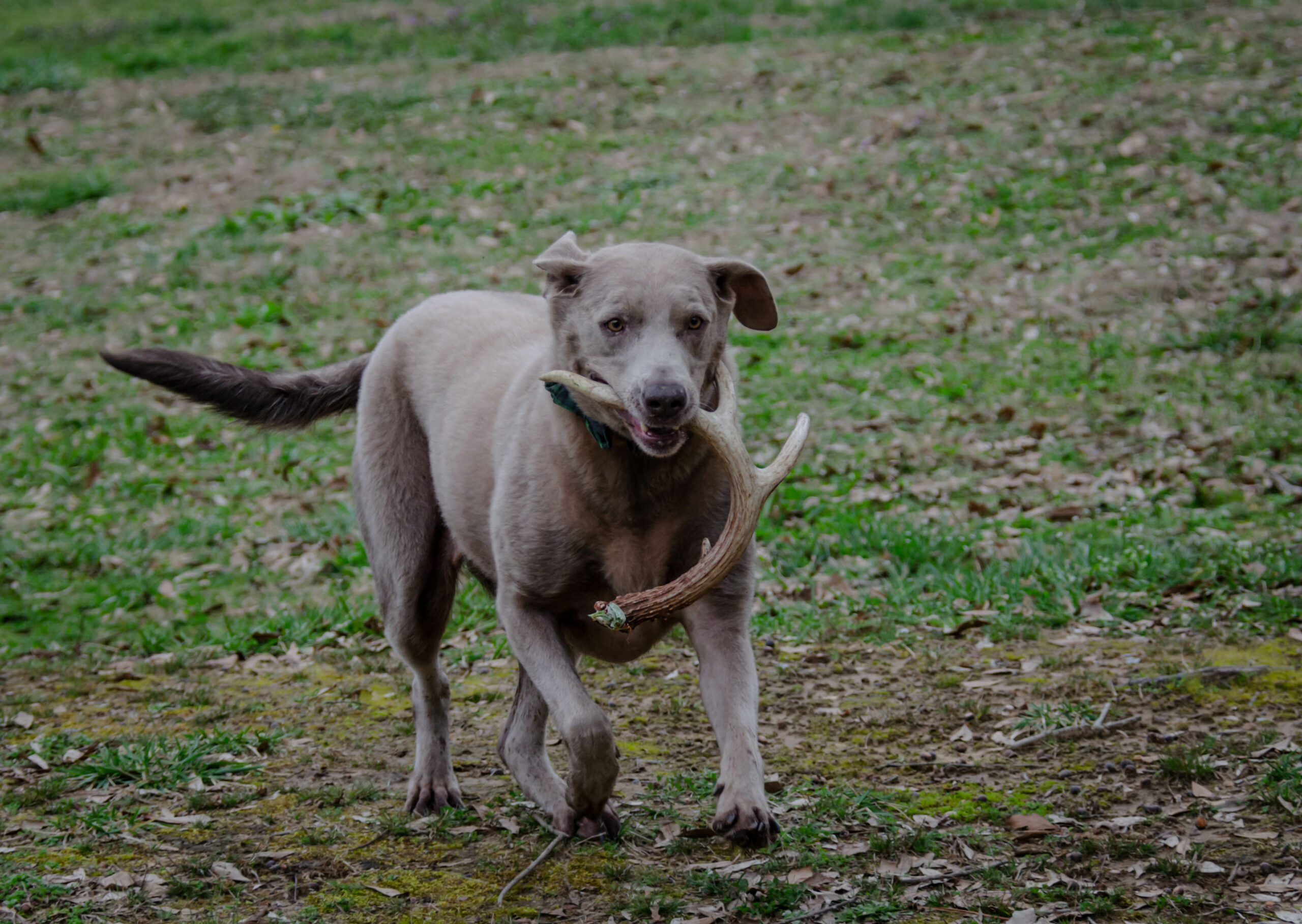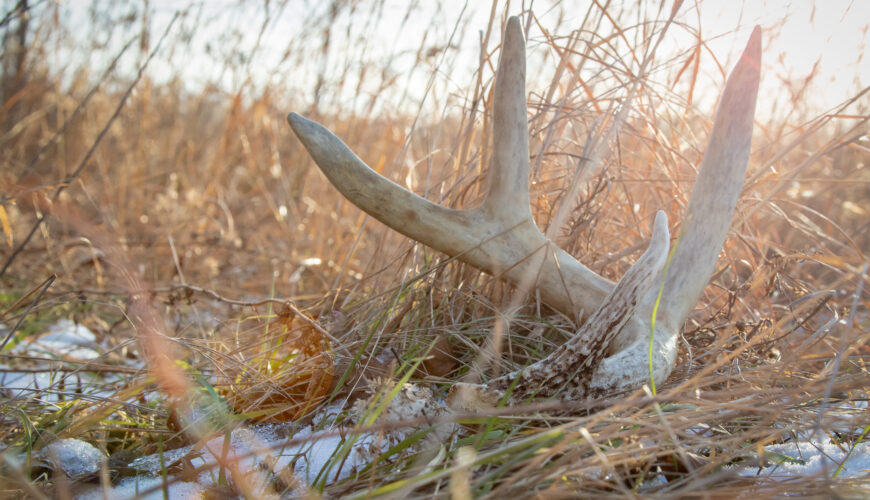Tactics
After The Shot: How to Blood Trail Your Deer
December 9, 2025 •Doug Howlett
February 7, 2025
For deer hunters, the changing of the seasons brings with it a natural spectacle: buck antler shedding. Each year, whitetail bucks shed their antlers in a process influenced by biology, environment, and age. Understanding when and why this happens can help hunters track deer patterns, find valuable sheds, and prepare for the next hunting season.
Buck antler shedding is primarily driven by testosterone levels. As the rut ends, testosterone levels drop, causing the connective tissue at the base of the antlers to weaken. This results in the eventual shedding of the antlers, making way for new growth in the spring. The process is entirely natural, ensuring bucks can develop stronger and often larger antlers year after year.
The timing of buck antler shedding varies by region and individual deer. Typically, shedding starts in late winter, between late December and March, though some bucks may drop earlier or later depending on factors like age, health, and local environmental conditions. Older bucks, having exerted more energy during the rut, often shed their antlers earlier than younger ones. Additionally, severe winters or high-stress conditions may prompt earlier shedding, while milder climates could extend the timeframe.

For those interested in shed hunting, knowing where to look is key. Bucks often drop their antlers in areas where they feel safe and spend a lot of time post-rut, such as:
Shed antlers are more than just trophies; they provide valuable insights into the local deer herd. Finding sheds can help hunters determine the size and age class of surviving bucks, identify prime hunting areas, and adjust strategies for the next season. Additionally, antlers can be used for making rattling calls to attract bucks during the next rut.
Buck antler shedding is a fascinating and essential part of deer biology. For hunters and outdoor enthusiasts, understanding this process offers both an exciting challenge in shed hunting and a strategic advantage for the coming season. Whether you’re tracking a familiar buck or just enjoying the thrill of the find, shed hunting is a rewarding way to stay connected to the outdoors year-round.
